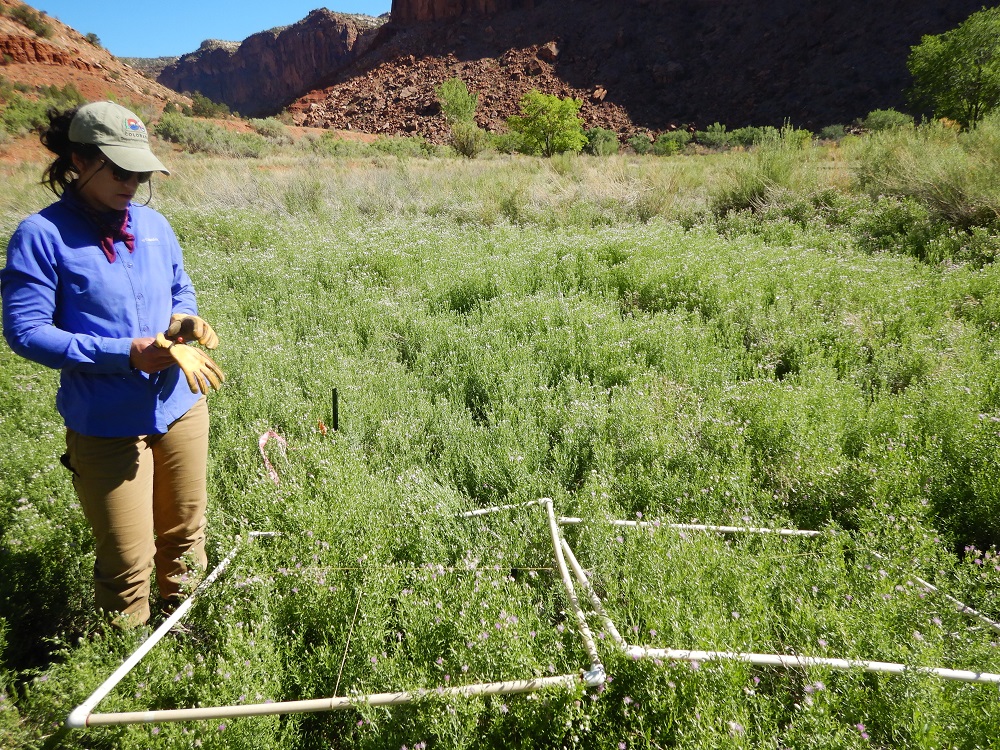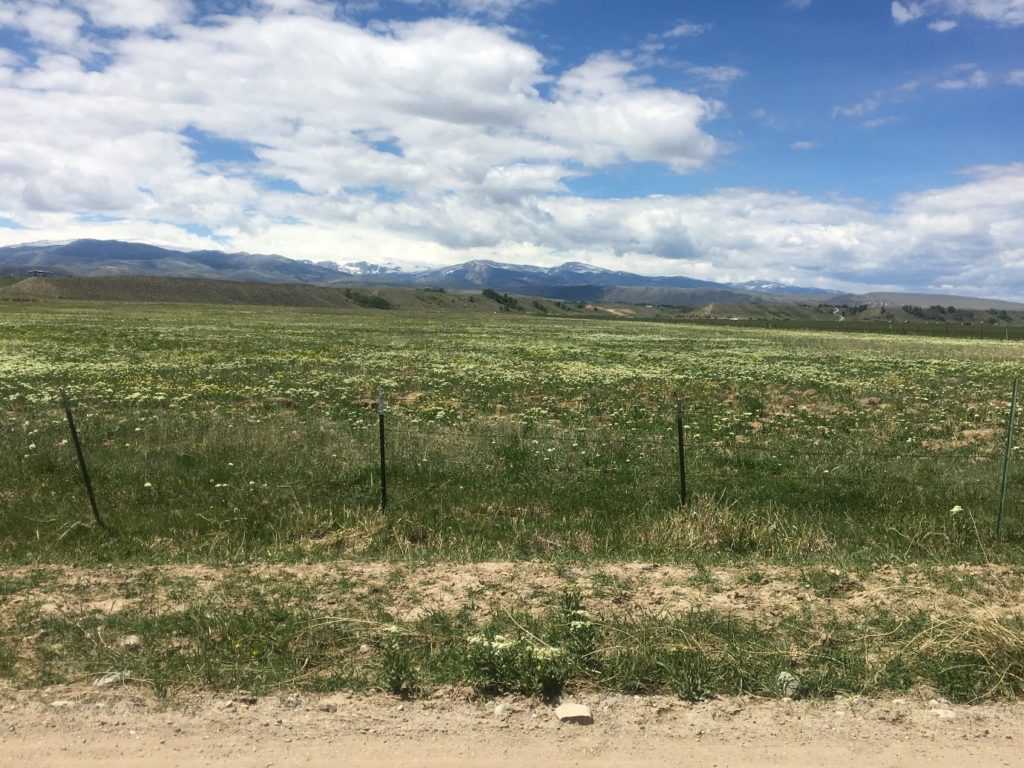5 invasive species to look out for in the US
The presence of invasive species poses a significant hazard to many native environments and species found in the United States (US). They lead to significant expenses in agriculture, forestry, and recreation. Once out of control, they can destroy entire ecosystems, causing environmental, social, and financial problems. In fact, their presence is costing the US up…



